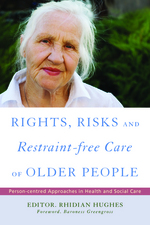Chris Taylor on Caring for Children and Teenagers with Attachment Difficulties
“Our attachment history affects us all, and children who have had sub-optimal early care are likely to be anxiously attached and to carry this anxiety as a self-fulfilling prophecy into other relationships, developing behavioural coping mechanisms that may make them difficult to care for. If the caregiver is also frightening, the child cannot organize their coping strategy in a coherent way. Such a child presents a huge challenge to be adequately cared for. Understanding attachment allows professionals charged with this task to unpack the child’s adjustment and work out ways of responding to the child that answers their attachment need and switches of the child’s self-defeating behaviours.”









